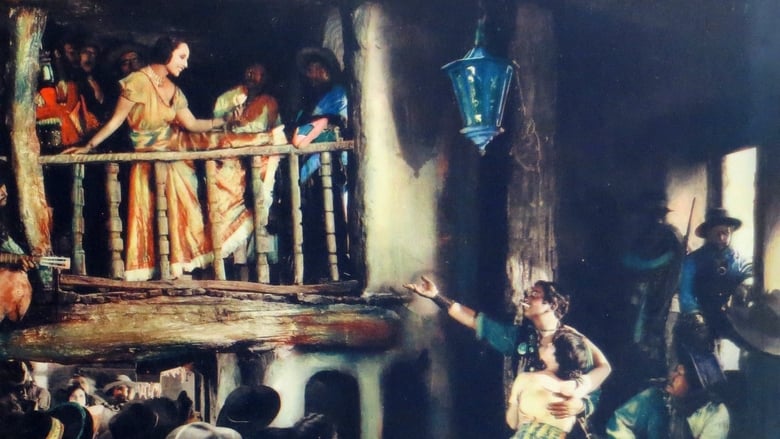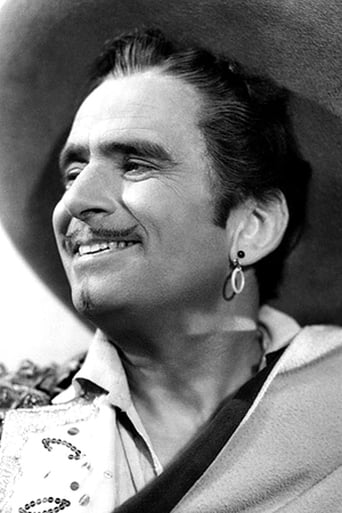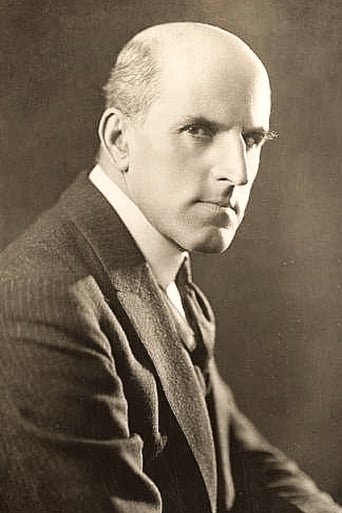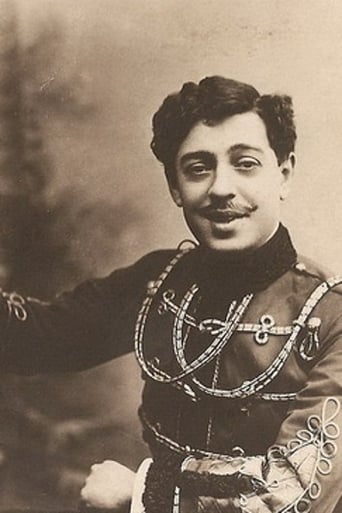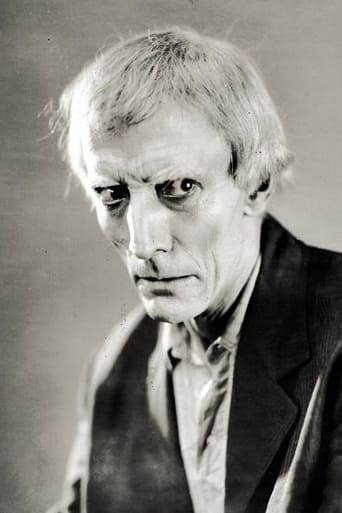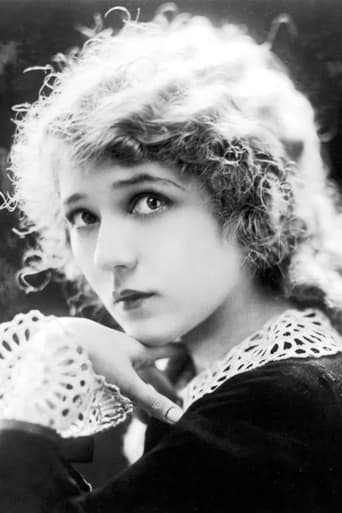A girl is saved by a miracle after she falls from a cliff in the Argentine Andes, and is blessed with healing powers. A shrine is built on the site, and a whole city grows around it, rich with gold from the grateful worshipers. Ruiz, an evil and sadistic general, captures the city, confiscates the gold, and closes the shrine. But the Gaucho, the charismatic leader of a band of outlaws, comes to the rescue.


Similar titles
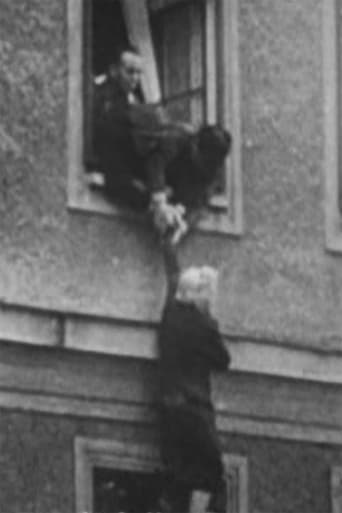
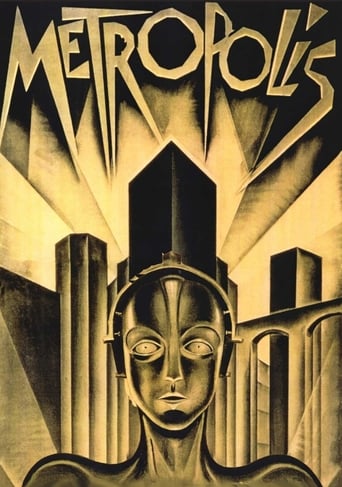
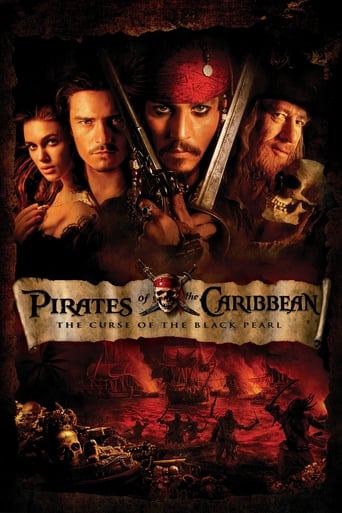
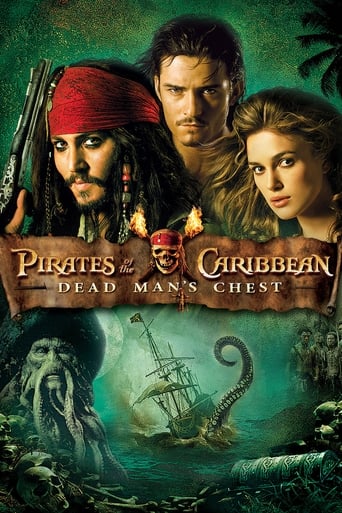

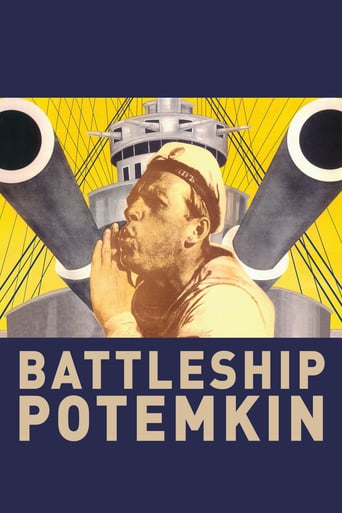
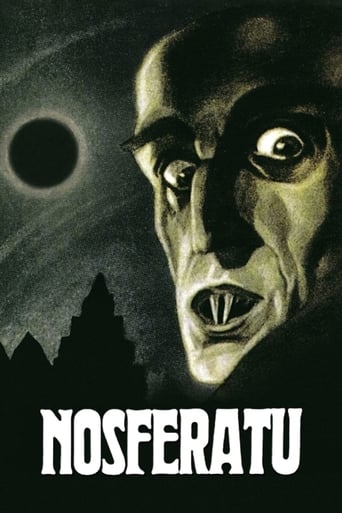



Reviews
Of the Douglas Fairbanks films I've seen so far, there is not one that came across as bad. The Gaucho may be my least favourite of them, it does get a tad too heavy-handed at times and the religious stuff sometimes bogs it down and give off an odd feel. But what makes Fairbanks' films as good as they are are most definitely present in The Gaucho. The sets are some of the most exotic and lavish of any Fairbanks film, and the same can be said of the costumes. The photography is equally beautiful, and the music score is appropriately rousing which make the stunts and such even more exciting than they already are. There is a strong sense of humour that is as fresh and current now as it was then, the director handles things deftly and the story cannot be called routine, if anything of all the films Fairbanks did The Gaucho is perhaps his least conventional story-wise. It is also very briskly paced and with a constant sense of fun and energy, as well as memorable scenes like the aftermath of the healing miracle. It's not a Fairbanks film without mentioning the stunts and they are spectacularly choreographed and dazzlingly executed. And with real athleticism that has not been matched much by many films today standards. Fairbanks steals the show, as he should as he is the star, he is charisma personified and clearly looks like he's enjoying every moment. His stunts are athletic and youthful and he does show some expressive acting like in the healing miracle scene and its aftermath. He is very well-supported by the rest of the cast, the standouts being Lupe Velez, who plays with a lot of appealing spunk and is sexy without even trying, and Gustav von Seyffertitz, whose suave charm but very twisted malevolence makes for one of the nastiest villains of any Fairbanks film. All in all, while not one of Douglas Fairbanks' best it is still a treat. 8/10 Bethany Cox
Many things have been written about "The Gaucho", lots of interpretations have been made from the very day it was released, and in the almost 90 years that have passed since then, it has of course been highly praised, but it's also been subject to unjust criticism in many ways; and in recent years the public's and the critics' interest in this so very UNIQUE movie seems to slowly fade away... So I think it's high time for us to rediscover this radiant jewel of early Hollywood, and to look at it in all its unusual spirit, with the innocence and enthusiasm the audience saw it back THEN; and at the same time discover that it's lost NOTHING of its freshness and dynamism - for it's one of those films that NEVER age.And from the very beginning of the movie we have to take into account that we're about to dive right into the world of Douglas Fairbanks, that great genius and pioneer of silent film days, whose huge all-round talent as actor, director, screenwriter and producer was equaled only by that of his best friend, Charlie Chaplin. And just like Chaplin, Doug Fairbanks had his VERY own ideas of motion pictures: they should be larger-than-life, include ALL aspects of reality, and merge them into something even more beautiful, filled with more action, drama, and at the SAME time love and fun than real life itself; and, of course, with an unbreakable optimism that leads to the literally most miraculous happy endings for everyone - not only for the 'good' ones, because there ARE no 'good' and 'bad' characters in "The Gaucho": just as in real life, everybody have got their flaws (even the protagonist himself), and everybody have got their good points.And so, be prepared for a UNIQUE mixture of drama, comedy, love story, and action adventure, that changes moods so quickly that you've got to adapt to Doug Fairbanks' own moody, restless personality in order to follow and understand, and most of all enjoy the movie. It seems to start out as one of those religious films about Madonnas and miracles that were so popular at the time, with a girl being miraculously saved after falling from a cliff by the Virgin Mary (played by Fairbanks' wife Mary Pickford!), and the place of the miracle soon becoming a place of pilgrimage. BUT - a few moments later, we find ourselves in a COMPLETELY different scenery: the world of the Gauchos, the outlaws of the Argentinian pampas, with their daring, carefree, exuberant lifestyle; the very example being of course their leader, Doug Fairbanks himself, simply named 'The Gaucho'.Everybody admires him, having the courage, the personality and the charm of a real leader; and naturally most of all the girls - like the cheeky young 'Mountain Girl' (Lupe Velez), with whom he soon starts a REAL whirlwind romance: he literally ties her to his body with his 'bolas' (the Gauchos' weapon, not unlike a lasso, but much more effective) to dance a HOT tango with her; they kiss and make up all the time, they quarrel, tease each other, and are crazy for each other - undoubtedly one of the most beautiful, entertaining, unusual romances that have ever been brought to the screen! Then the action part ensues, with Fairbanks' famous stunts, and he frees the prosperous 'City of the Miracle' from greedy usurper Ruiz, and even becomes friends with the Padre - without sharing his beliefs, however, because the only thing the Gaucho believes in is - the Gaucho. UNTIL that fateful moment when, after his jealous girl attacked the pious 'Girl of the Shrine' with a knife, unintentionally wounding his hand when he held her back - a victim of the 'Black Doom' (meaning leprosy) INTENTIONALLY infects him with the dreadful disease (because, earlier, he had suggested to him, being in this condition, to find a lonely spot and kill himself - that's what HE would do, he said)... Appalled and frightened, he understands what's happened to him - but he IS a man of principles: he says goodbye cheerfully to the 'Girl of the Shrine' and to his own 'Mountain Girl', and, just like he'd said, sets out into the woods with a gun intending to shoot himself.And there, the religious element sets in again; but not in the 'usual style' of some epic by De Mille or Griffith - no, with a strange, wonderful child-like faith: the 'Girl of the Shrine' finds him and tells him that if he believes, he can be saved; she asks him if he DOES believe, and he looks at her, puzzled, and then answers: 'I believe in YOU!' Then he asks her to teach him to pray - and HERE's the lesson: he's not supposed to become some religious fanatic, he's merely required to leave aside for once his over-developed self-confidence and learn to be HUMBLE and BEG for something... And it works: as soon as he places his hand in the healing water, it gets well - and he jumps around JUST like a little boy: 'I'm healed, I'm healed!!' And, after a few more heroic actions from both, he gets his 'Mountain Girl', the 'City of the Miracle' gets its peace and justice - a most CLASSIC Hollywood Happy Ending; but it gives us MUCH more than that to keep within us: because the TRUE message is the Gaucho's line: 'Yesterday was yesterday. Today is today. There's no tomorrow until it's today.' A great, everlasting message for one of the very GREATEST movies ever made.
Technically speaking, this was a good movie. It's obvious United Artists put a lot of money behind this project (and why shouldn't they, as two of the company's creators were the star of this film and his wife!). The sets and costumes were nice, the matte paintings and backgrounds were among the best I've seen in a silent and the stunts were fantastic. However, the overall package was still very weird, as there was an uncomfortably odd combination of various earlier Douglas Fairbanks films along with what looked almost like the Jennifer Jones film "The Song of Bernadette"! Odd to say the least.The film begins with a religious prologue about a young shepherdess falling from a cliff but being miraculously healed by what appears to be the Virgin Mary. Soon a religious shrine is built there.Ten years have now passed. It seems that in this South American nation, a corrupt government is now oppressing the people (just like in "The Mark of Zorro" and "Robin Hood" and "The Black Pirate" and several other Fairbanks films). Fairbanks is a bandit (it's not clear if he steal from the rich and gives to the poor...maybe he just steals) and he and his men take over a small town run by government thugs. However, despite the lovely stunt-work and women who adore him, the Gaucho is a bit of a jerk. When, as the new town's leader, he's mean to someone who has some weird disease (that looks NOTHING like any real illness). As a result, this afflicted person sneaks up on him later and deliberately infects him! And, thanks to some prayers and a re-appearance by the Virgin, the Gaucho is healed and life is good.The story is great to look at but heavy-handed and silly. My advice is first see Fairbanks' more famous films--they are better. Then, if you're curious, try this freaky film. It's good but not among his best by any standard.By the way, speaking of weird, get a load of the 'house scene'. If you see the movie, then you'll know what I mean!!
This was hyped at the 2009 SF Silent Film Festival as dark, unconventional and more to 21st century tastes than most silent films. I found it a combination of over-the-top silliness with heavy-handed religious tedium. Perhaps it can be described as surreal. Unfortunately I did not find that entertaining. There is a bit more sexuality than in other Fairbanks films, but nothing compared to Valentino. His continual silly cigarette tricks. too-fast jumps, Velez's arms-on-hips heaving-breast stances, the house dragging scene, and the German expressionist style fake landscapes, walls that crumble at a touch, and the constant performance of miracles, take away from any feeling of reality. They say El Gaucho is the prototype for Mickey Mouse, and the movie does have a cartoon-like character, except for the religious parts. Perhaps the religious element is part of the formula to "get away with anything as long as you throw in religion". For me, it can't hold a candle to The Four Horsemen of the Apocalypse or even The Eagle. Fairbanks movies that I prefer include The Mark of Zorro and The Black Pirate.

